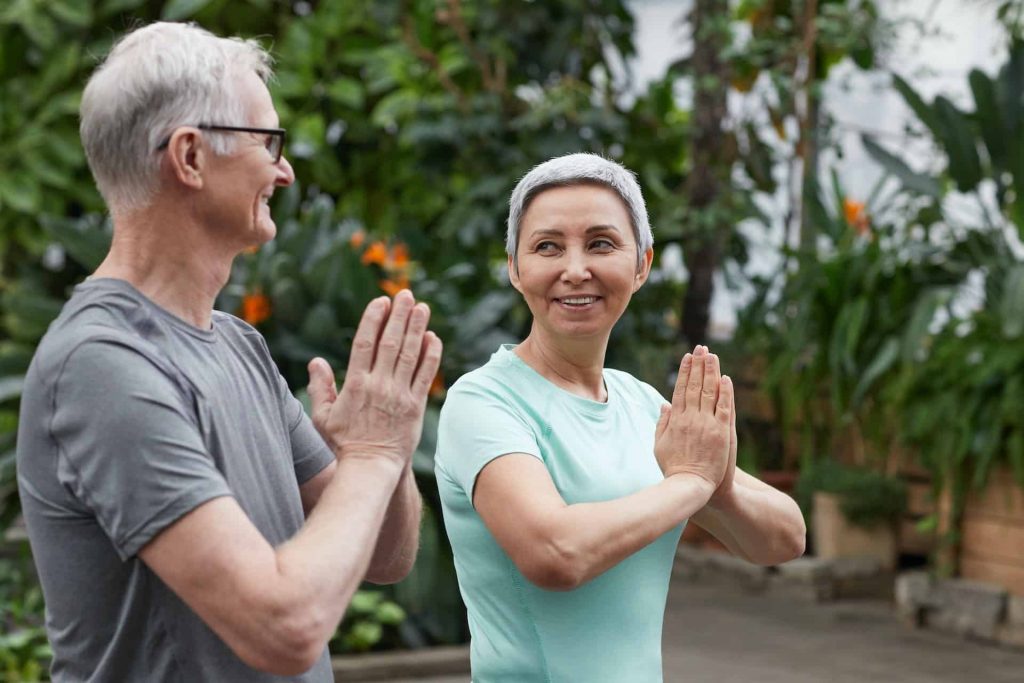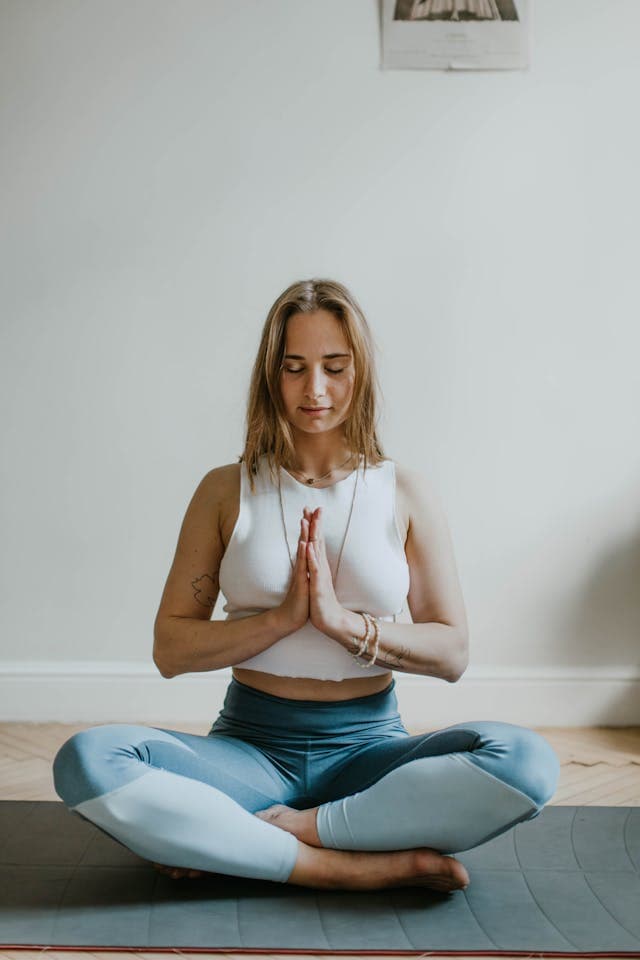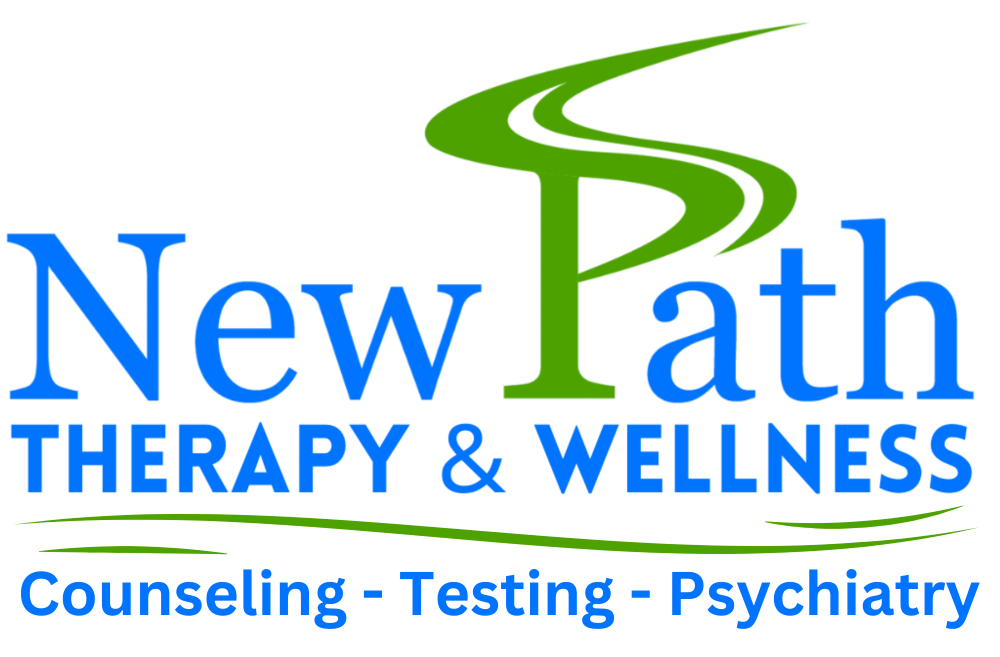Celeste Rosales
Mental Health Specialties
- Anxiety
- Depression
- Addiction
- Transitions
- Caregiver burnout
- Self-care accountability
- Chronic pain
- Arthritis
- Scoliosis and other back care
- Balance and fall prevention
- Issues related to aging
- Stress reduction
Ever feel the weight of the world on your shoulders? Want to get something off your chest? Know someone who’s a pain in the neck? Have a gut feeling or fire in the belly? Feel butterflies in your stomach or weak in the knees? Want to breathe easier?
These phrases express the truth that our mental and emotional worlds affect the physical body. We know that if we’re tired, hungry or in pain, we may become irritable. Certain thoughts/emotions cause the breath to speed up, become shallow, or we may even unknowingly hold the breath. Simultaneously we clench muscles of the jaw, face, shoulders, hips, chest or abdomen. Over time these can become unconscious patterns that may cause pain and contribute to injury or ailment.
Which came first: the chicken or the egg?
Feeling anxious, worried, or otherwise fearful, the breath becomes short and shallow where we then use chest and neck muscles to breathe instead of the primary respiratory muscle, the diaphragm. When chest and neck muscles become the primary muscles of breathing, the body perceives this as a stress signal and floods the body with stress hormones which then creates a sense of anxiety. This may become a cyclical pattern of anxiety causing problematic breathing and problematic breathing causing anxiety. In time, the diaphragm and muscles between ribs can become stiff like any other muscle, so even after working through anxiety with a counselor or taking medication, your physical body may continue to perpetuate the anxious pattern through these breathing habits.
Our issues live in the tissues. Maybe they start in the physical and affect the mental/emotional. Maybe they begin in the mental/emotional and affect the physical. No matter. Science is beginning to reflect what the ancients have known all along regarding the mind/body connection. In my experience both personal and with clients, working with anxiety at the physical level using breath and body techniques reduces, slows, and then stops the physical symptoms. Steadying the mind through mindfulness training reduces, slows, and then stops the mental/emotional processes that set off the physical symptoms. Similar methods can also be effectively employed to reduce pain and other ailments.

Modalities
- Physical or Breath Assessment
- Full Assessment
- Small Group Classes
- Individual Classes
- Small Group Yoga Therapy
- Individual Yoga Therapy
- Days of Practice
- Retreats
- Overcome Class Series
- Restorative Yoga
- Somatic Movement
- Gentle Intuitive Movement
- Chair Yoga
- Pilates Mat and Reformer
- Self-Study
- Self-Massage
- Mindfulness Meditation
- Mindfulness in Daily Life
- iRest Yoga Nidra™️
- Tai Chi Easy™️
Education and Experience
- Practicing yoga for about 40 years
- 1000s of teaching hours
- 1200+ training hours
- Certified through the International Association of Yoga Therapists, C-IAYT
- Certified and Registered at the highest level with Yoga Alliance, E-RYT 500
- First 200 hours trained by former chiropractor turned yoga educator and master of Qi Gong. Training heavily focused on anatomy and kinesiology.
- Yoga Alliance Continuing Education Provider, YACEP
- Certified and Experienced in Trauma Informed Yoga Therapy, TIYT
- Level 2 iRest Teacher
Training Certificates + years of experience in:
- Functional Yoga Therapy
- Tai Chi Easy
- Silver Sneakers: Classic, Circuit, Splash, Fall Prevention
As part of my 1,000 hours for IAYT certification, I trained with:
- Amy Weintraub on Yoga for Anxiety and Depression
- Genevieve Yellin on Yoga for PTSD, Anxiety and Depression
- Neil Pearson on Yoga for Chronic Pain
- Nischala Devi on Chakras
- Nischala Devi on Healing Relationships
- Laura Kupperman on Yoga for Cancer
- Antonio Sausys on Yoga for Grief
- Indu Arora on Ayurveda Principles in Yoga Therapy
- And completed mentorships with:
- Theresa Conroy on Yoga for Parkinson’s Disease
- Theresa Conroy on Yoga for Alzheimer’s and Neurological Disorders
- Durga Leela on Yoga of Recovery
- Michele Lawrence on Yoga for Anxiety and Depression
I have experience in working with everything listed above but especially enjoy creating healing programs for anxiety and scoliosis.
I have worked with ages 2-102 and enjoy all ages but have a special affinity for working with older adults. I find they are often exceptionally motivated and thereby enjoy exceptional results.

Out of the Office
I’m grateful for sunny days, cool breezes, shade trees, playful grandchildren, and goofy dogs who love unconditionally. Expressive, fun and empowering ways to move are my favorite but the very next best thing is stillness. Writing and reading are borderline chronic.

